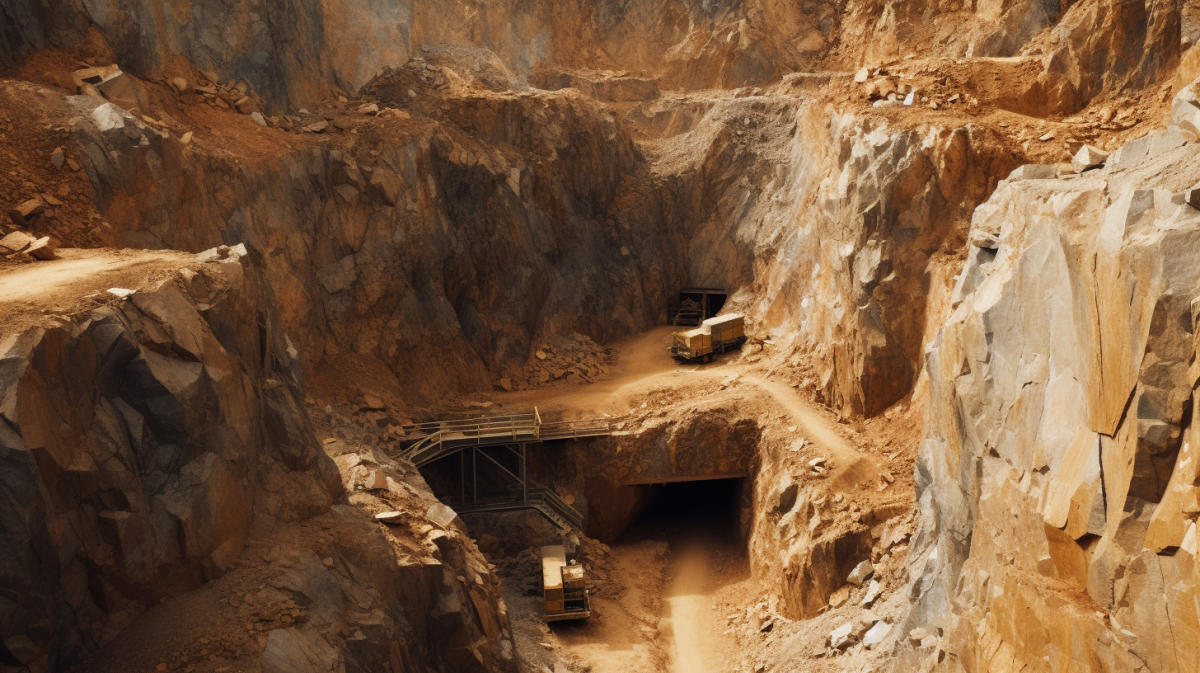First Republic Bank (FRC) is teetering on the brink of collapse as shares fell to new all-time lows on reports the federal government and the nation’s biggest banks are reluctant to put together a rescue package.
The beleaguered lender reported deposit outflows of more than $100 billion in the first quarter, or 40% of the total. That figure would have exceeded 50% if not for a $30 billion injection of uninsured deposits from 11 of the nation’s biggest banks in March.
In response, shares of FRC plunged almost 50% yesterday, and are down another 30% today. The bank’s market cap fell below $1 billion in intraday trading, a small fraction of its $40 billion peak in November 2021. Its price-to-earnings (P/E) ratio fell as low as 0.7. The stock’s volatility prompted the New York Stock Exchange (NYSE) to halt trading of FRC 12 times Wednesday.
To make matters worse, First Republic faces the prospect of losing access to the Fed’s lending facilities if a private deal isn’t reached soon, Bloomberg reported. U.S. regulators prefer a private rescue that wouldn’t involve federal authorities seizing the bank, which could further deplete the FDIC’s insurance fund.
Management is scrambling to convince regulators and executives of bigger banks to provide one more financial lifeline. Executives are engaged in a last-ditch effort to improve the bank’s financial standing.
Its options include transferring troubled assets into a “bad bank” or selling off assets at above-market rates. However, other banks may be reluctant to intervene for fear of losing their uninsured deposits and would prefer the FDIC assume control of part of First Republic’s assets.
First Republic Bank ran into financial difficulty shortly after the collapse of Silicon Valley Bank (SVB) and Signature Bank in March, as it had the third-highest share (behind the two collapsed lenders) of uninsured deposits that exceeded the FDIC’s $250,000 limit.
FRC shares tumbled 60% in the first trading session after SVB and Signature Bank’s collapse. They’ve since extended their decline, and are down more than 95% year-to-date.
YCharts



:max_bytes(150000):strip_icc()/GettyImages-1485498125-7c262e86cb2c4d1fbb7f39b470223564.jpg)

